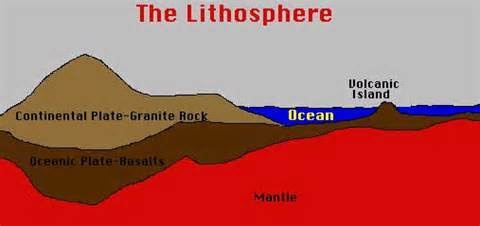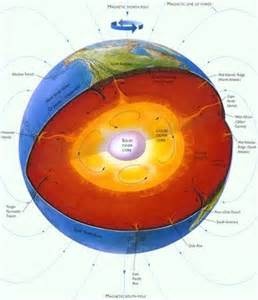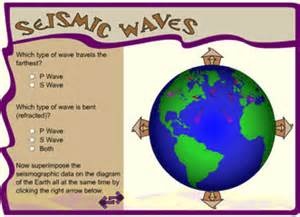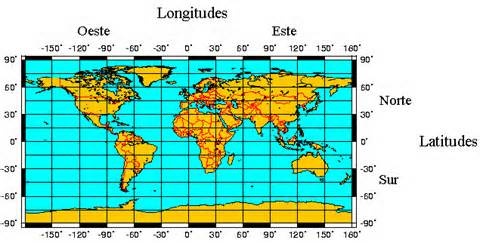THE EARTH

Our earth is 5,000 million years aged. The diameter of the earth is 12,756 km, while the expanse around the earth beside the equator is 40,075 km. The earth consists of numerous layers.
THE LITHOSPHERE. The outermost layer of the earth is called the lithosphere, which is the earth’s crust. under the ocean, the shell varies in breadth from 5-6 km to 48-55 km in some parts of the continents. The crust below the ocean is called the oceanic crust, whereas the crust beneath the continents is called the continental shell.

THE MESOSPHERE. Beneath the lithosphere lies the mesosphere, which is also called the layer. The mantle is about 2,900 km thick and it is mostly collected of rocks rich in alivine. It makes up 80% of the earth’s quantity and 68% of the earth’s mass. Thickness of the mantle increases with the deepness, so do the warmth and pressure. The high pressure and temperature let the solid rocks to flow gradually or modify figure, when a solid has the ability to flow; it has the property known as smoothness.

THE BARYSPHERE. The third and the innermost layer is called Barysphere. That is also known as the core. Scientists know very little about the core. Its radius is about 3,500 km. it is mostly composed of iron and nickel. It is also referred to as the nife. Scientists believe the core consists of two parts. (1) Inner Core. (2) Outer Core. The Inner core is solid iron and nickel, whereas the outer core is liquid, which is melted iron and nickel. Where iron and nickel melt to form the outer layer of the core. But further down the pressure of the earth keeps them in the hard state.

SEISMIC WAVES. The scientists have come to know about what lies beneath the earth by studying earthquakes. The fright waves produced by an earthquake are called seismic waves. All the earthquakes produce two types of seismic waves at the same time. They are called P waves and S waves. These waves are detected and recorded by a special instrument called a seismograph. P waves can pass rapidly through a solid surface whereas they slow down in the liquid. S waves can also pass quickly through a solid exterior but they cease to exist in the liquid.

LONGITUDES AND LATITUDES. Longitudes and latitudes are imaginary lines running across the earth. They help us in finding the position of a person or place on the earth.
LONGITUDES. There are 360 lines of longitude running around the earth from the North Pole to the South Pole. The lines of longitude are also called meridians. The prime meridian represents O, which passes through Greenwich, England. The measurement of longitudes is in degrees from the prime meridian towards the east or west. Longitudes have optimistic values going east and negative values going west.

LATITUDES. There are 180 lines of latitudes. They run across the earth similar to the equator. The equator acts as the starting spot of the latitudes. It represents O. the values of latitudes are positive towards the north of the equator and negative to the south of the equator.

With Regards.
Sharafat Sheikh
Blogger: FilmAnnex.



